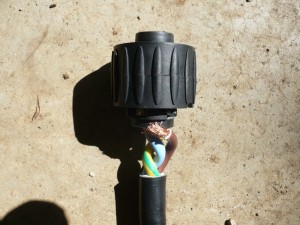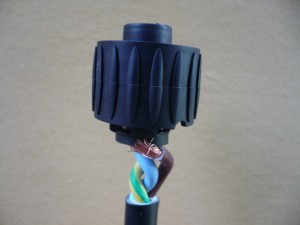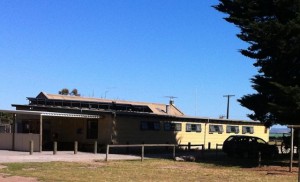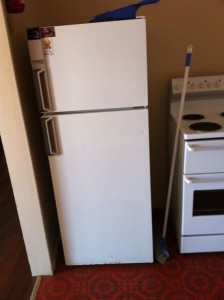By Rich Bowden
OK so you’re almost ready to make that big decision to install solar panels to save on your sky rocketing power bills while doing your bit for the environment. But, mindful of recent poorly-regulated installation disasters (who remembers the Pink Batts saga?) you’re leery of the same type of dodgy operators who may operate on the fringes of the solar industry. Obviously safety and correct installation of panels are two of your main goals and you want to avoid the “solar cowboys” from getting anywhere near your roof.
Easier said than done (I hear you cry). What does a “solar cowboy” look like and how do I find quality solar installers?
Well one way is to seek the advice of an expert and I’ve managed to nail down SolarQuotes.com.au founder Finn Peacock to answer some common questions:
Can anyone install solar panels?
Finn Peacock: In theory yes – if you can climb on a roof, drill some holes, assemble the racking, screw the panels on to the racking and connect the panels to the racking, you can theoretically install the actual panels yourself.
But – and it’s a big but, working on a roof is really quite dangerous, and if you haven’t got a lot of experience drilling holes and/or lifting tiles etc, you may regret it when the rains come. Also when the solar panels are being connected up electrically (before they are even connected to the grid) you can have a voltage build up of several hundred volts and that can quite easily prove fatal.
Remember – solar panels will create a voltage even when they are disconnected from anything else – so you really do have to know what you are doing. Also there are certain ways you need to earth and protect the solar panels, which if done incorrectly will either leave you with an under performing or dangerous system, or both. And when it comes to installing the inverter, you start dealing with mains electricity and it is technically illegal in Australia for anyone other than a qualified electrician to do that. So, yes, if you live for danger and don’t mind breaking the law you could theoretically save a thousand dollars or so and go the DIY route. I obviously cannot recommend this though!
How do I know if a tradesperson is qualified to install solar panels?
FP: Ask them for their CEC accreditation number then go to solaraccreditation.com.au and look them up. Check that they are qualified to install systems. Some CEC accredited people are only qualified to design systems.
How do I find a reputable solar installer in my area?
FP: If you’ve got a friend that has got a system and they had a good experience, then find out who did it and get them to quote.
I’d also recommend getting at least 3 quotes to compare that one with, which is why I started SolarQuotes.com.au of course! Just go into the site, add your postcode, fill in the required details and up to three quotes from installers in your area will be made available.
What guarantees do I have that the work will be up to an acceptable standard?
FP: The install has to be signed off by a CEC accredited installer, so I’d hang around for the inspection and make sure that he actually has a good look over the system. Also be aware that technically the guy installing the system doesn’t have to be accredited as long as he is “supervised” by a CEC accredited installer. So make sure that the supervisor really does supervise the install (or ideally actually will do the install). There are some known cases where cowboys will leave the apprentices to do the install and just get a CEC accredited installer to sign the paperwork at the end with a very superficial inspection at the end – if at all.
Is there an overseeing industry regulatory body?
FP: There is the CleanEnergyCouncil, although some other industry bodies are trying to start even more stringent certification schemes, with AUSES and SEIA leading the charge.
Do you provide a rating system for solar installers?
FP: I think the best way to judge any company is to read uncensored reviews by past customers, so I publish thousands of these for all solar companies (not just ones in the SolarQuotes network).
I’d like more information about the types of solar panels available. Where can I find this?
FP: I’ve brain dumped all my knowledge here and I’ve got a really cool solar panel performance comparison tool coming in a few weeks which will be able to be linked to from that page.
I keep hearing that I may be eligible for state and federal government solar rebate schemes. Where can I find easy-to-understand information on this?
FP: I’ve explained the ins and outs of solar credits here and solar feed in tariffs here on the website.
Thanks to Finn for taking the time to share this information with us. But have we missed any important questions that you’d like to see answered? Please let us know and we’ll seek to answer them for you.
Also feel free to join in any of our discussions on our FacebookPage.






 RSS - Posts
RSS - Posts



Currently Raging Debates: